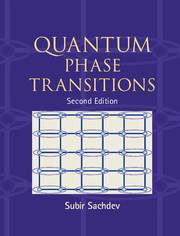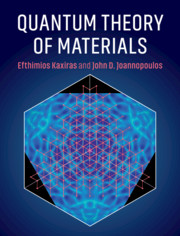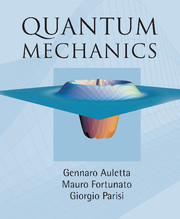Theory of Simple Glasses
This pedagogical and self-contained text describes the modern mean field theory of simple structural glasses. The book begins with a thorough explanation of infinite-dimensional models in statistical physics, before reviewing the key elements of the thermodynamic theory of liquids and the dynamical properties of liquids and glasses. The central feature of the mean field theory of disordered systems, the existence of a large multiplicity of metastable states, is then introduced. The replica method is then covered, before the final chapters describe important, advanced topics such as Gardner transitions, complexity, packing spheres in large dimensions, the jamming transition, and the rheology of glass. Presenting the theory in a clear and pedagogical style, this is an excellent resource for researchers and graduate students working in condensed matter physics and statistical mechanics.
- Summary sections at the end of each chapter recap the key points discussed
- Further reading sections provide additional guidance for readers
- Constitutes an important first step towards establishing a complete, microscopic theory of glasses
Reviews & endorsements
‘In this advanced textbook, the authors, all solid-state physicists, present a theory of simple glasses, defined as collections of interacting point particles. The approach, based on statistical mechanics and concepts of multiple-state metastability, is rigorous and educational. Derivations are careful and detailed … An especially useful and educational feature is that each chapter includes a résumé of main results and an annotated short bibliography geared to beginning students. An extensive, up-to-date bibliography at the end mainly draws from the Physical Review literature and related journals. Minimally indexed (no entries on shear stress or strain, viscosity, temperature, or spheres), the book is oriented toward advanced undergraduates or beginning graduate students (who will need preparation in statistical mechanics and liquid theory) and researchers in glasses, essentially addressing the solid-state physics and statistical mechanics communities.’ J. Lambropoulos, Choice
Product details
January 2020Adobe eBook Reader
9781108128988
0 pages
0kg
48 b/w illus. 3 tables
This ISBN is for an eBook version which is distributed on our behalf by a third party.
Table of Contents
- Preface
- 1. Infinite-dimensional models in statistical physics
- 2. Atomic liquids in infinite dimensions: thermodynamics
- 3. Atomic liquids in infinite dimensions: equilibrium dynamics
- 4. Thermodynamics of glass states
- 5. Replica symmetry breaking and hierarchical free energy landscapes
- 6. The Gardner transition
- 7. Counting glass states: the complexity
- 8. Packing spheres in large dimensions
- 9. The jamming transition
- 10. Rheology of the glass
- References
- Index.






